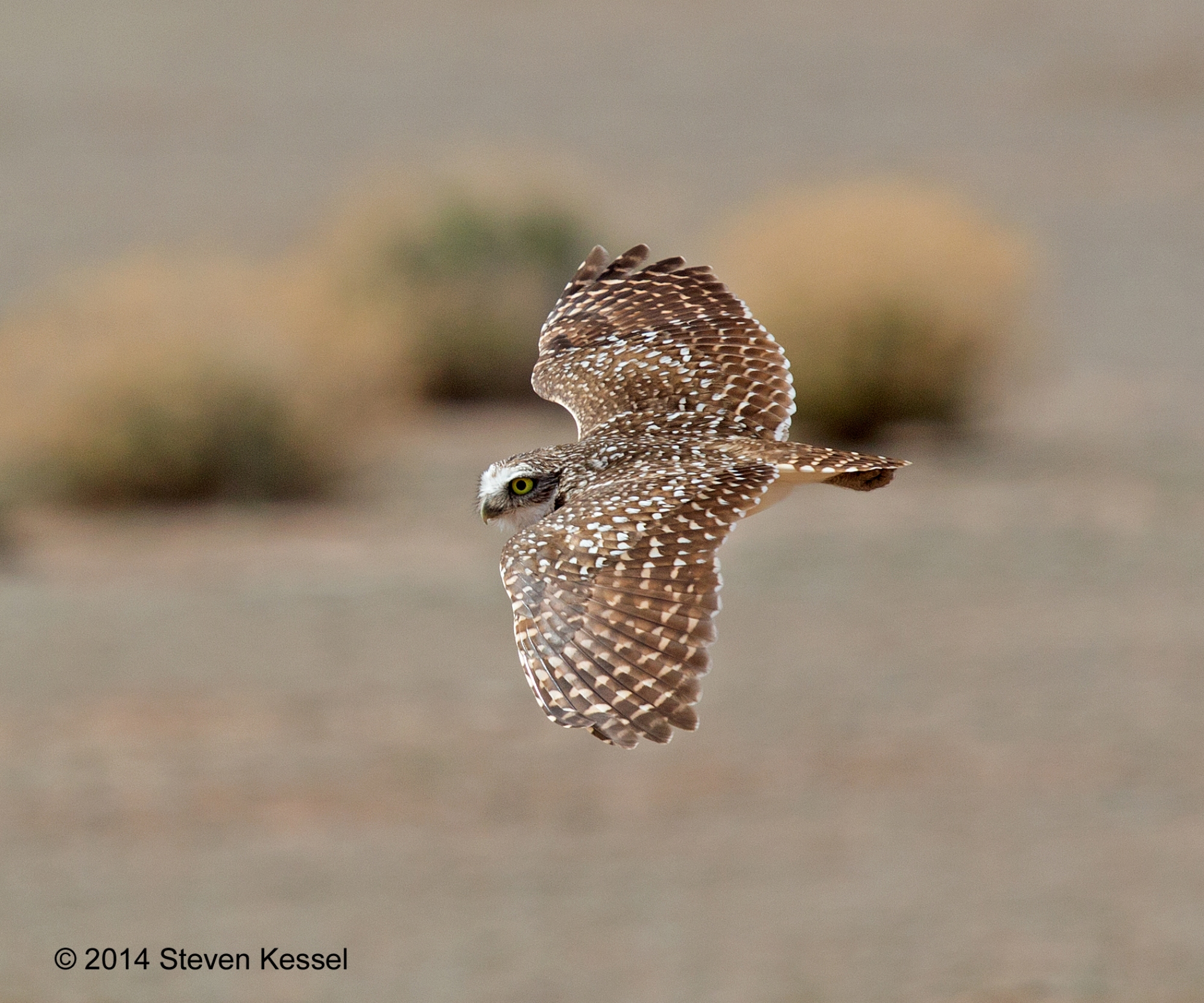You may enlarge any image in this blog by clicking on it. Click again for a full screen image.
Those of you who follow this blog regularly know that I have a passion for photographing wasps. I find them to be beautiful and to exhibit fascinating behaviors. The other day I had the opportunity to photograph a Tarantula Hawk (pepsis wasp) as it was drinking nectar from a milkweed flower.
Tarantula Hawks are a common warm weather sight in our desert. They are huge, reaching a length of up to two inches. Their midnight blue bodies and brilliant orange wings make for an impressive and very beautiful sight.
These gigantic wasps get their name from the fact that the females of the species hunt tarantulas as food for their offspring. A female walks across the desert floor searching for a tarantula’s burrow. When she finds one, she challenges the tarantula to combat. She will attempt to sting the tarantula, paralyzing it with her venom. If successful, she buries the still-living but paralyzed spider after depositing an egg on it. The egg hatches, the larva feeds on the tarantula, eventually killing it, and emerges as an adult wasp, beginning the cycle anew.
Unlike their offspring, adult Tarantula Hawks are strictly vegetarians, feeding on plant nectar.
Tarantula Hawks are generally inoffensive around people. They have no interest in stinging humans if unmolested. However, their stings have the reputation of being among the most painful of all insect stings. I have some first-hand experience to relate. A few years ago one of these wasps landed on my forearm. It undoubtedly would have flown off after a few seconds had I left it alone. However, I felt the wasp on my arm without seeing it, and, thinking that it was a bit of debris or perhaps a leaf, I attempted to brush it off with my hand. The wasp reacted by stinging me. The sensation was like being jabbed by a superheated wire. The astonishingly intense pain abated after a minute or so, leaving me with nothing more than a very itchy welt that persisted for a few days.
Image made with a Canon 5DS-R, 180mm f3.5L Macro Lens assisted by Canon 600EX-RT Speedlite, and stabilized by monopod, M setting, ISO 160, f11 @ 1/160.


This has to be my favorite wasp!